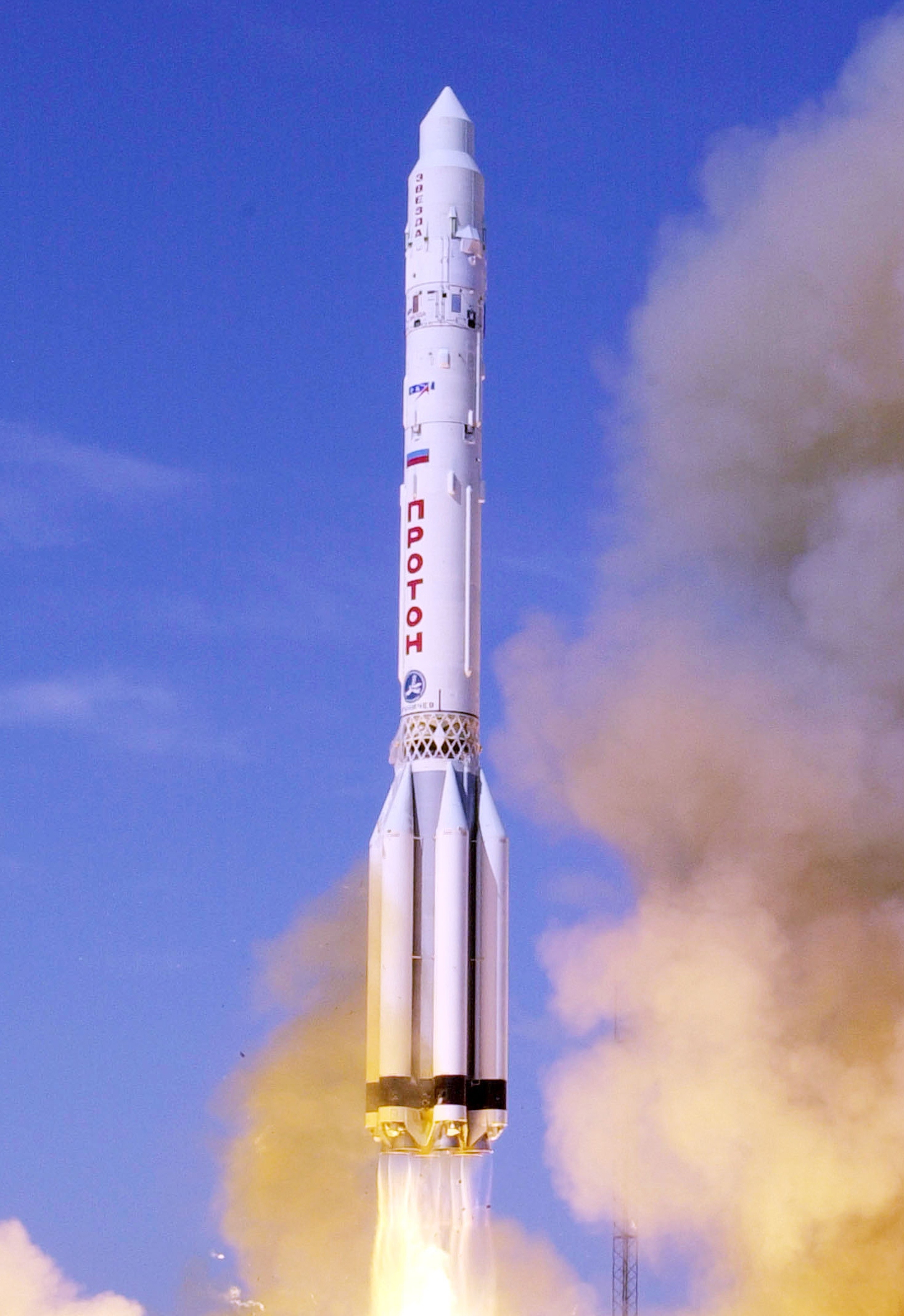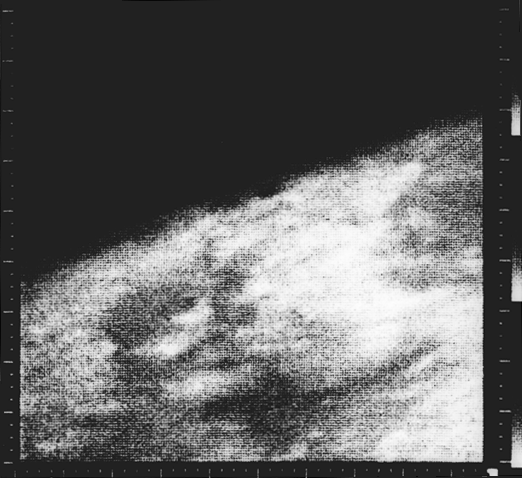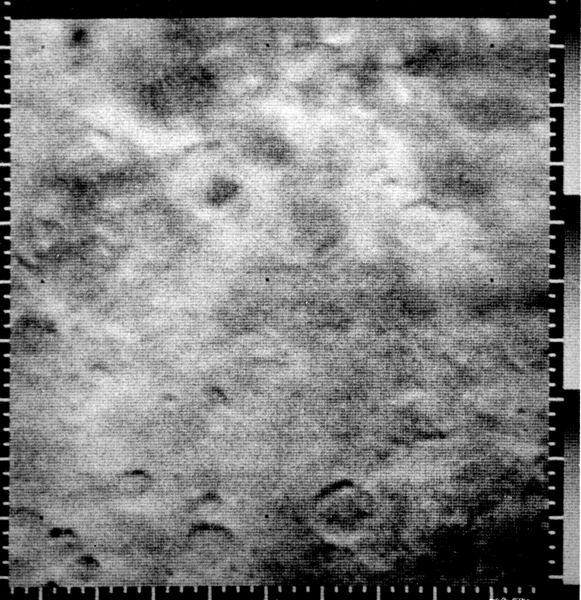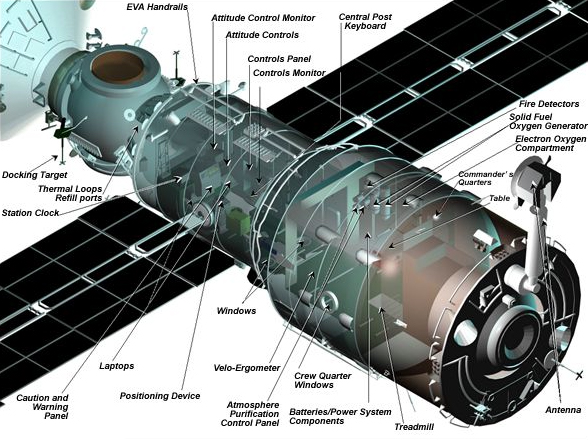The latest chapter in “what not to do” as an aspiring author.*
I find it interesting how many authors craft a cover letter that describes their book in superlative terms (“thrilling,” “magnificent,” “interesting,” etc.) and doesn’t provide any details about the story: nothing about the main characters and the hardships they endure, lessons they learn, or worlds they save. Don’t do that. Show us your terrific story, don’t tell us how terrific it is.
But rarely does a submission make me laugh out loud at its sheer hubris. One recent entry managed it, though: It started off in the familiar and disappointing descriptive-rather-than-detailed fashion, a little on the boastful side but not arrogant, until the first thing behind the cover letter wasn’t a chapter or a synopsis, but a contract.
That’s right, this author presented their own contract to their prospective publisher, with terms more typical for non-fiction than fiction but covering such things as manuscript delivery, subsidiary rights, and the advance.
That’s when I laughed, a full-blown guffaw that echoed in the room: when I saw the six-figure advance the author expected for their not-that-interesting debut novel.
It felt good to laugh, but I’m sure that’s not what the author wanted to happen.
So, since it seems this piece of advice doesn’t “go without saying,” I will say it: Authors, don’t specify your own advance. Wait to see if the publisher is interested enough to offer you one.
Be wary of unintended humor in your submission.
___
*Yes, I’m aware that, as an aspiring novelist myself, my advice probably isn’t worth very much. Use with caution.
















